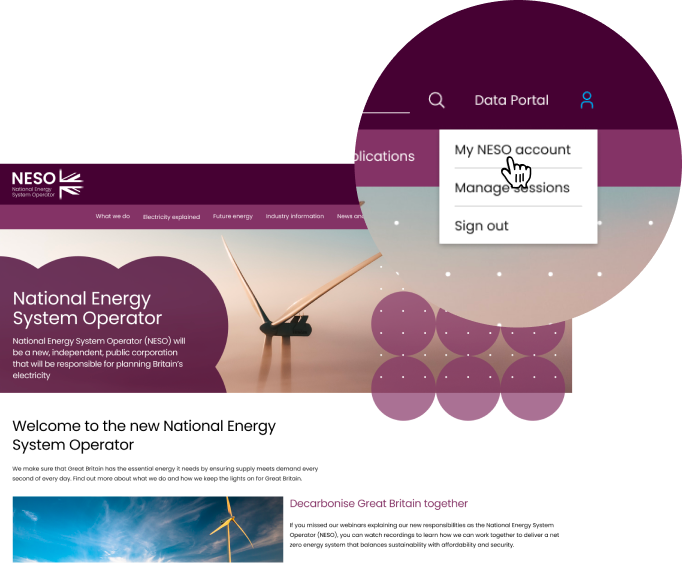How does coal generate electricity?
Coal is a fossil fuel that has generated electricity in Great Britain since the industrial revolution. However, the decarbonisation of the grid will phase out coal usage by the end of 2024.
In 1882, Thomas Edison’s Holborn Viaduct coal plant started generating electricity for public use. It was the first power station of its kind, burning enough coal to provide energy to light 1,000 lamps in the City of London.
The principle of how coal makes electricity is the same as in Edison’s day. Similar to other thermal power stations, like gas, the coal is burned to heat water, creating steam. The steam then spins a turbine to produce electricity.
Throughout the late nineteenth and twentieth centuries, Britain produced much of its power in this way. Coal generation peaked in the early nineties, making up over 60% of the mix before the ‘dash for gas’ heralded its decline.
What happens when coal burns?
Burning coal reacts with oxygen in the air, turning all the stored solar energy into thermal energy, which is released as heat. However, this reaction also produces carbon dioxide and methane, which are harmful greenhouse gases.
When we talk about decarbonising electricity, it means we stop using fuel sources that emit carbon into the atmosphere.
Is coal still used in Britain?
Coal used to make up a third of Britain’s power generation. But, since the electricity system has decarbonised, its share of the mix has fallen. The last coal power station closed at the end of September 2024.
How our coal use has reduced
View the daily share of coal in the electricity mix since 2009.
For the last two years only 1.6% of electricity in Britain was generated by coal, and we’ve seen significant periods of coal-free electricity generation, including a record 68 day run, in 2020.
While globally coal remains the leading source of electricity production, in Britain it will be phased out of the power mix completely by October 2024.
The heavy spinning turbines in coal and gas generators – whose rotating speed syncs with the grid’s frequency – bring important stabilising properties like inertia to the electricity system.
As Britain phases-out coal and gas, we’re introducing new innovations and technologies – for example our stability pathfinder and inertia measurement tools – to manage these properties instead.
That means our control room will have less and less need to call on thermal generation like coal through the balancing mechanism, bringing us closer and closer to being able to operate the system with zero carbon.
You can track the decarbonisation of Britain’s electricity system – and the declining role of coal in the power mix – via our live carbon intensity dashboard.

